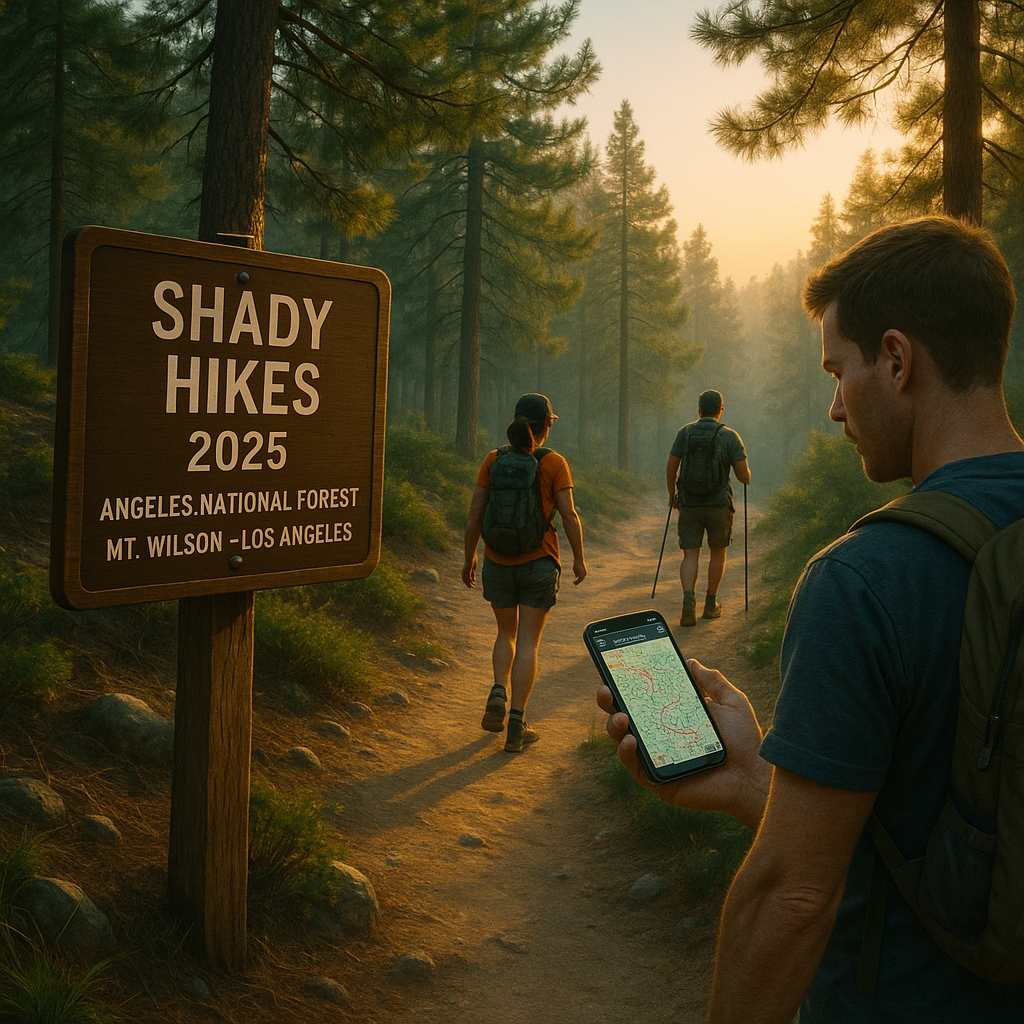The Day My “Safety” App Became My Worst DatingHorror Story: The Tea Breach Wake-Up Call

Imagine: Sarah, a 30-something professional in Chicago, swipes left on yet another mediocre
dating profile. Frustrated, she remembers a friend raving about Tea – that new app promising a
“safer” space for women to anonymously share experiences about men they’ve dated. “Finally,”
she thinks, “a place to get the real scoop without the games.” She downloads the #1 trending app,
snaps a quick selfie holding her ID for “verification” (because safety, right?), and dives into the
anonymous tea-spilling. Fast forward to Friday. Sarah’s phone buzzes. It’s a news alert: Tea
Hacked. 72,000 User Images Exposed. Her stomach drops. That verification selfie – her face,
her ID – wasn’t locked in a digital vault. It was apparently sitting in an unlocked file cabinet on
the internet. Suddenly, the “safety” app feels like the ultimate betrayal.
Welcome to the bitter aftertaste of the Tea app breach – a stark, unsettling reminder that in our
quest for digital security, we often hand over our most sensitive data to systems we barely
understand. And sometimes, those systems fail spectacularly.
From Viral Sensation to Security Nightmare: The Rise and Stumble
Just days before the breach hit the news, Tea was the undisputed darling of the App Store.
Riding a wave of viral buzz (fueled by pent-up demand for more transparency in the messy
world of dating), it rocketed to #1 in Apple’s free app rankings. The premise was compelling,
especially for women tired of the usual apps: An anonymous forum to share experiences and
warnings about specific men. Think of it as a digital “burn book,” but framed as a safety tool.
Its sudden popularity was a testament to a genuine need in the market.
Then came Friday. The buzz turned into a horrified gasp. Tea announced a massive data
breach. The damage?
- 13,000 Verification Selfies & IDs: The very images users submitted to prove they were real people,
- often featuring faces alongside driver’s licenses or passports – the ultimate keys to real-world identity.
- 59,000 Images from Posts, Comments, and DMs: The potentially intimate, revealing, or simply private pictures shared within the app’s anonymous(ish) confines.
- The Cruel Irony: The breach reportedly stemmed from an exposed database, discovered not by Tea’s security team, but by hackers (and subsequently, users on 4chan gleefully sharing the stolen goods). The “safety” app’s backdoor was left wide open.
The Company’s Response: Damage Control Brewing
To their credit, Tea didn’t completely vanish. They issued a statement outlining the breach scope
and their immediate actions:
- Scope Limited?: Claiming only users who signed up before February 2024 were affected (a small mercy for late adopters like our hypothetical Sarah, but cold comfort for the 72,000).
- “No Emails or Phone Numbers”: Positioned as a silver lining, though frankly, when your face and government ID are floating around 4chan, your email feels like the least of your worries.
- Action Taken: Engaging third-party cybersecurity experts, working “around the clock,” implementing “additional security measures,” and claiming the “data issue” is fixed. Standard crisis PR, delivered swiftly.
Why This Stings More Than a Bad First Date: The Deeper Issues
This isn’t just another “oops, we got hacked” story. The Tea breach exposes several raw nerves in
our digital lives:
- The Verification Paradox: We’re constantly told to verify ourselves for safety and trust.
Dating apps demand it. Age checks demand it (as seen recently in the UK). Tea built its
entire safety premise on it. But what happens when the vault holding that verification
gold is made of tissue paper? Submitting your face and ID is an act of extreme trust.
This breach shatters that trust, demonstrating the immense risk inherent in centralizing
such sensitive biometric and identity data. It’s not if but when the next repository gets hit. - The Illusion of “Anonymous” Sharing: Tea promised anonymity for users sharing stories. But anonymity evaporates when the selfie you used to verify is leaked alongside the potentially salacious or damaging comments you thought were private. Verification data is the thread that unravels the anonymous cloak. Users might have felt safe venting, only to find their real identity potentially linked to their posts in the worst way possible.
- The 4chan Factor & The Uncontrolled Spread: Once sensitive images hit a forum like 4chan, they are gone forever. There’s no “delete” button. They can be downloaded, shared, manipulated, and used for harassment, blackmail (“doxxing”), or identity theft indefinitely. The breach isn’t a single event; it’s the opening of a Pandora’s box with potentially lifelong consequences for victims.
- The Viral Trap: The app’s very success – its rapid rise to #1 – likely overwhelmed its infrastructure and security protocols. Scaling securely is hard. Scaling securely overnight while handling ultra-sensitive data is a recipe for disaster. Growth often outpaces security, leaving gaping holes for attackers.
Lessons for Sipping Safely in the Digital Age (Because We Still Need to Date)
So, what’s the takeaway for Sarah, and for the rest of us navigating the perilous world of online
dating and digital identity?
- Verification = Vulnerability: Before submitting your face and ID to any app, especially a new, viral sensation, ask: Is this ABSOLUTELY necessary? What are they doing with this data? How securely is it stored? Assume it could be leaked. If the risk feels higher than the reward, skip it or use a less sensitive option if available.
- “Anonymous” Isn’t Magic: If an app requires verification for access but promises anonymous posting, understand the potential link. Your verified identity is the key to your “anonymous” profile. Leak the key, and the profile is exposed.
- Scrutinize the Hype: Viral popularity is not a security certification. Be extra cautious with apps experiencing explosive growth. Their primary focus is often scaling users, not fortifying defenses. Let the dust settle before handing over your crown jewels (your identity).
- Demand Transparency (and Assume Breaches): Companies must be crystal clear before a breach about what data they collect, how it’s secured, and how they’ll respond if compromised. Assume breaches will happen. Support regulations that enforce strong data minimization and breach notification standards.
- Damage Control Starts Before the Breach: Tea’s post-breach response was textbook reactive. The real lesson for companies? Security must be baked in from day one, especially when handling biometrics and IDs. Invest heavily before you become a target. Regular audits, penetration testing, and minimal data retention policies are nonnegotiable.
The Bitter Cup: A Reality Check
The Tea app breach is a gut punch. It exploited a genuine desire for safety and community in the
fraught world of dating, turning a tool designed for protection into a vector for potential harm. It
underscores a brutal truth: In the digital age, our most sensitive data is only as safe as the
least secure link in the chain holding it.
Sarah might delete Tea. She might hesitate before verifying on the next big app. But the desire
for connection, for safety, for the “tea” won’t disappear. The challenge – for users and developers
alike – is to build and navigate these spaces with eyes wide open to the risks, demanding far
more robust security and far less cavalier handling of our digital selves. Because sometimes, the
quest for safety leads you straight into the lion’s den, armed with nothing but a selfie and a
prayer. Brew carefully.










